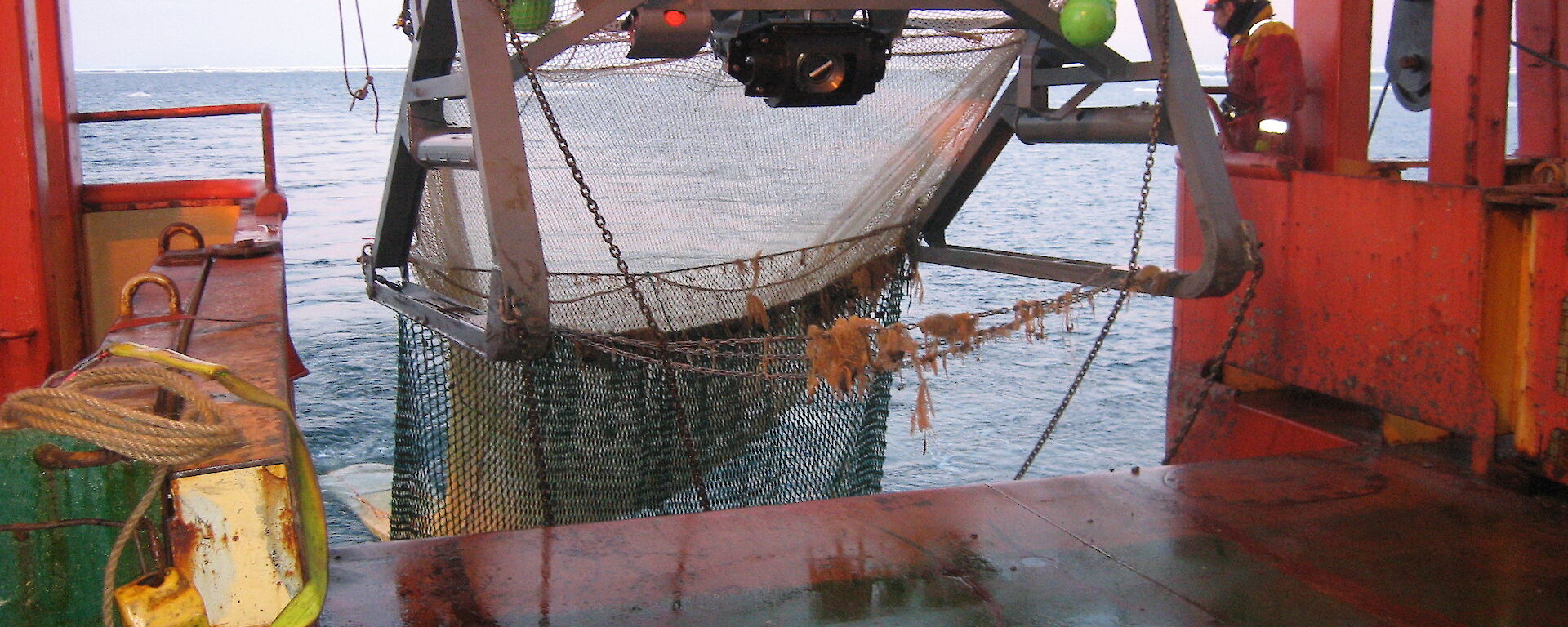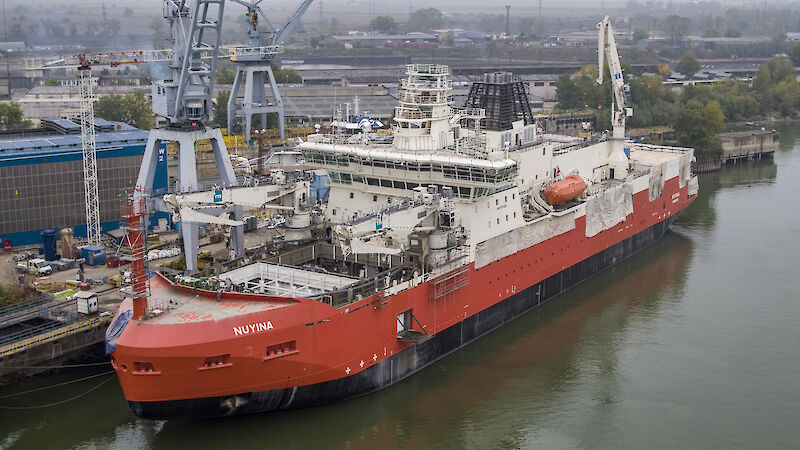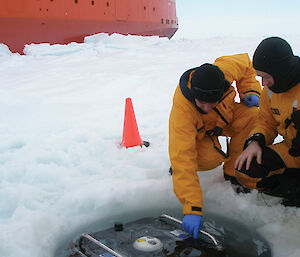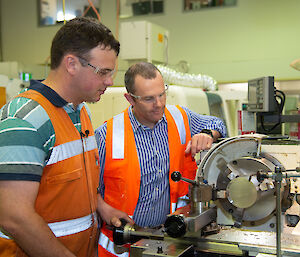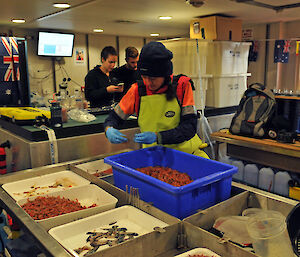New members will join the Antarctic Division’s Technology and Innovation team, to provide 24 hour support to scientists during marine science voyages and station resupply trips.
They will be part of a technical team also supporting deep-field Antarctic research projects, including the search for an ice core dating back more than a million years, and projects at Australia’s Antarctic and Macquarie Island research stations.
Technical Services Manager, Lloyd Symons, said the new ship will be the most capable scientific research vessel plying the Southern Ocean, with a “dazzling array” of instruments to sample, measure, monitor and visualise the ocean, sea ice and atmosphere.
“The Nuyina offers a step-change in what we can do compared to the Aurora Australis,” Mr Symons said.
To begin with, the Nuyina has 14 acoustic instruments in its hull and drop keels, to map and visualise the ocean, sea floor and sub-floor environments, and it can collect data from many other atmospheric and seawater instruments and sensors.
It also has a range of unique deployment systems, including the moon pool, a ‘forward outboard deployment system’ (FODS), fibre optic winches, and eight-metre high A frame on the aft deck.
“The moon pool is a 13 metre vertical shaft in the centre of the vessel that will allow instruments to be deployed safely into the water even when the ship is surrounded by ice,” Mr Symons said.
“The ship also has an extendable boom that protrudes 10 metres over the bow, to place instruments in clean air forward of the vessel, or down near the ice surface.
“Fibre optic winches will allow instrument packages to be deployed to the deep ocean, while maintaining a high speed communication link between the ship and the package for transmission of high definition video or other data streams.
“And the A frame will allow us to deploy and recover heavy science equipment over the stern, including large scientific trawl systems.”
National and international investigators will also bring their own instruments and equipment to add to or integrate into the ship’s capability, and there are 24 dedicated spaces for containerised laboratories and science support facilities (see Modular Science).
To cope with this exciting opportunity and help turn ambitious, never-before-done research into reality, the Technology and Innovation team will welcome new acousticians, electronics and mechatronics design engineers, science systems engineers, mechanical engineers, laboratory technical officers, gear officers, aquarium staff and data officers (see Supporting roles).
“We will have a lot of machines collecting data, so someone will need to make sure it makes sense, maintain the systems and trouble shoot,” Mr Symons said.
While the new recruits will have many different and specialised skills, they will have one thing in common.
“Their most important qualification is that they can adapt and fit in. We prize the qualities of a team player in this very demanding environment,” Mr Symons said.
Wendy Pyper
Australian Antarctic Division

